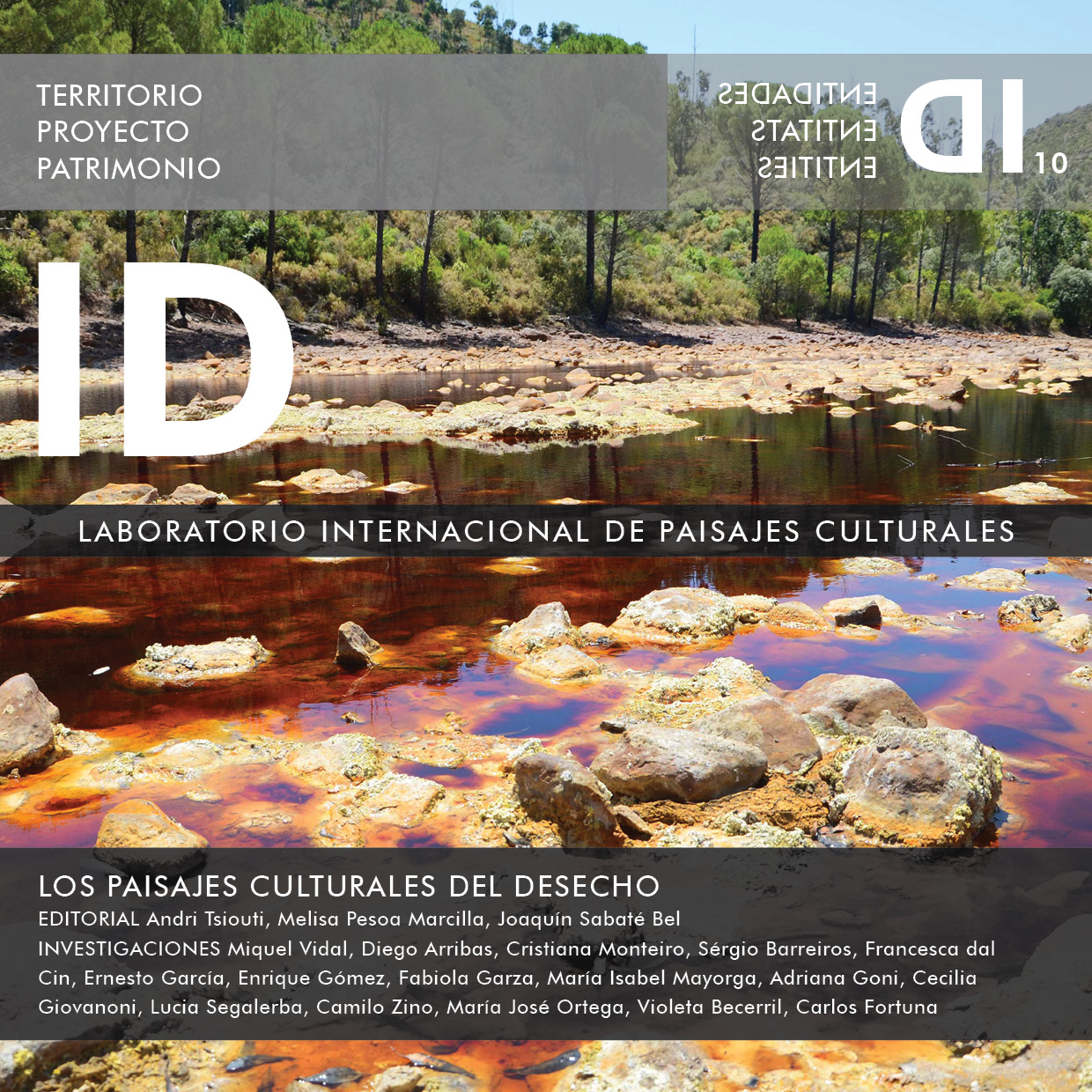LANDSCAPES OF DESIRE: BETWEEN THE LAND AND SEA
DOI:
https://doi.org/10.5821/id.10676Resumen
Landscapes of desire explores the necessity and the desire to reimagine and valorize the discredited landscapes, between the land and water, along the Portuguese coast: from Cova do Vapor to Cabo Espichel. Vulnerable urban landscapes in the face of contemporary climate challenges. In the landscapes, which circumscribe the sea, there are different fragments of discourse that due to abandonment by the destruction caused by extreme climatic events, such as flooding and coastal erosion, need a new history.
This period of increasing segregation between the city and the sea, urges us to rethink a new way of connecting human beings and the sea. The decoding of the morphological characteristics of the space between land and sea, of the architectural elements that compose it, is possible through the reading of the forms that resist over Time. The abstraction of forms allows us to interpret the contemporary coastal territory and to define new urban and architectural paradigms for desired landscapes between land and sea.
We consider it is important to explore new approaches and methods to enhance and transform these landscapes because of their architectural value. A possible path for the physical and emotional repair of the ruined landscapes along the coastline.
Key words: coastline, landscapes of vestiges, memory, Utopia, Cova do Vapor
Publicado
Número
Sección
Licencia
Derechos de autor 2021 Creative Commons

Esta obra está bajo una licencia internacional Creative Commons Atribución-NoComercial-CompartirIgual 4.0.
Aquellos autores/as que tengan publicaciones con esta revista, aceptan los términos siguientes:
- Los autores/as conservarán sus derechos de autor y garantizarán a la revista el derecho de primera publicación de su obra, el cuál estará simultáneamente sujeto a la Licencia de reconocimiento de Creative Commons CC BY-NC-ND- 4.0 que permite a terceros compartir la obra siempre que se indique su autor y su primera publicación esta revista, pero no se pueden cambiar ni se pueden utilizar comercialmente.
- Los autores/as podrán adoptar otros acuerdos de licencia no exclusiva de distribución de la versión de la obra publicada (p. ej.: depositarla en un archivo telemático institucional o publicarla en un volumen monográfico) siempre que se indique la publicación inicial en esta revista.
- Se permite y recomienda a los autores/as difundir su obra a través de Internet (p. ej.: en archivos telemáticos institucionales o en su página web) antes y durante el proceso de envío, lo cual puede producir intercambios interesantes y aumentar las citas de la obra publicada. (Véase El efecto del acceso abierto).













